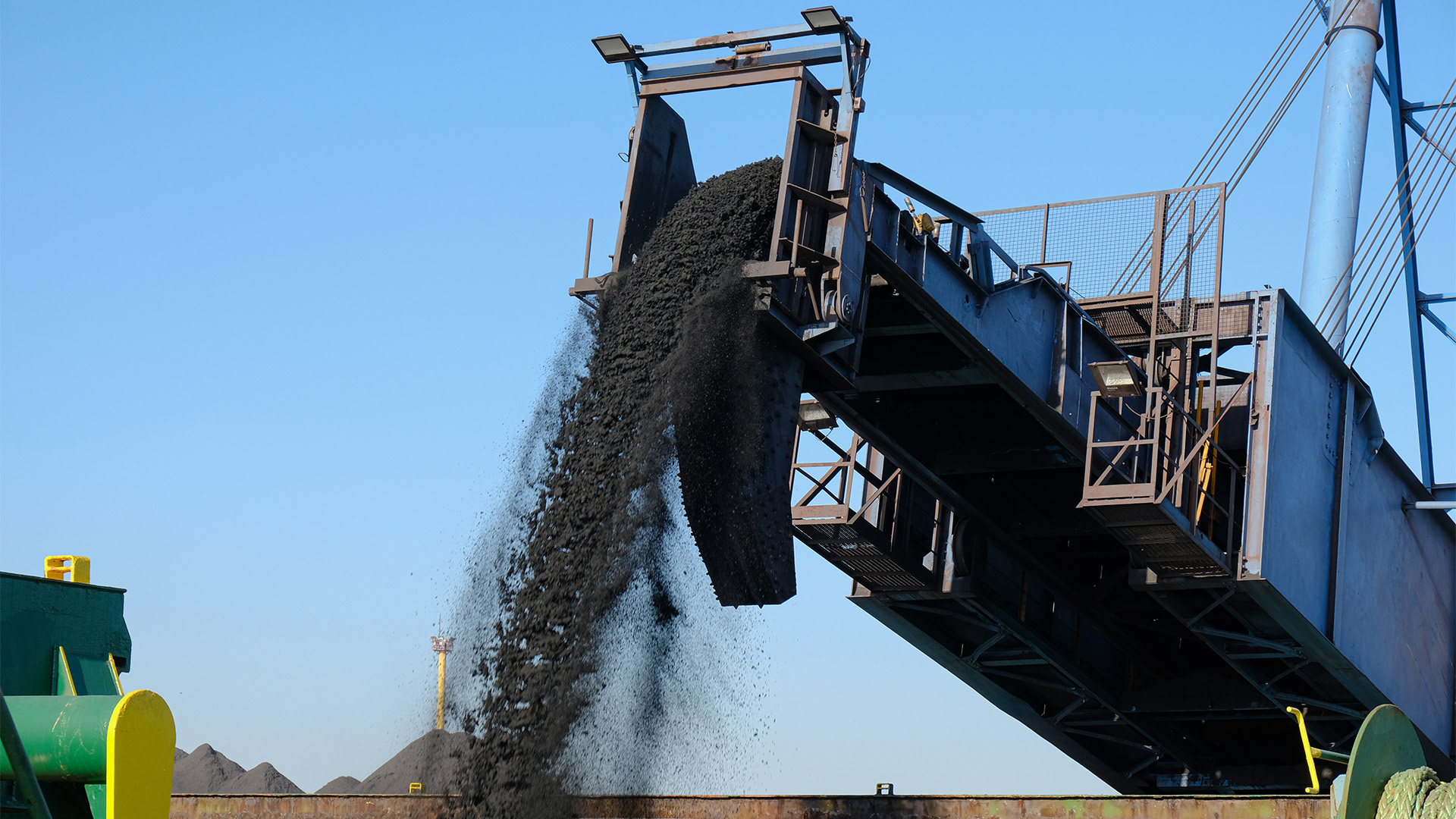Two weeks after experiencing a price slide in late March and early April, world iron ore prices made a remarkable recovery last week, registering a substantial 15% gain.
On Friday, the SGC price closed at $US111.15 a tonne, marking its highest point in five weeks. This resurgence defied the weakening trend observed in recent weeks, which saw prices dipping to around $US95 a tonne during late-week trading the week before.
Despite concerns stemming from the Chinese steel industry and a notable increase in unsold iron ore at Chinese ports, prices for the key 62% fines product, typical of the Pilbara region, soared on the SGX platform.
Remarkably, the price surge occurred even before the release of Chinese trade data for March, which revealed a minimal change in iron ore imports compared to the average for January and February. March imports saw a marginal increase of just half a percent, reaching 100.72 million tonnes. However, this figure contributed to a 5.5% rise in imports for the first quarter, reaching 310.13 million tonnes.
Analysts caution against expecting continued growth at this rate for the remainder of 2024, especially considering weakening steel demand, particularly in sectors like building and construction. Both government and industry stakeholders are inclined to adjust output to better align with demand, potentially boosting prices.
The first quarter's import rate significantly surpasses the 2023 all-time high annual total of 1.18 million tonnes, indicating a potential increase in pressure on exporters from Australia, Brazil, and elsewhere to limit shipments.
In a similar vein, coal imports in March remained nearly flat compared to a year ago, influenced by weak demand and falling domestic prices. Despite the slowdown, first-quarter coal imports surged by 13.9%, reaching 115.9 million tonnes, reflecting a trajectory close to the record set in 2023.
Meanwhile, copper metal imports in China witnessed a notable 16% increase in March compared to the previous year, attributed in part to a low base for comparison due to COVID-related restrictions in 2023. Copper concentrate imports also saw a significant rise in March, despite global shortages caused by production issues and the closure of a major mine in Panama.
However, China's crude oil imports in March experienced a decline from the high levels seen the previous year, reflecting a decrease of approximately 6%. The total crude imports for the first quarter saw a modest increase of less than 1% compared to the same period last year.
These fluctuations in commodity imports underscore the complex interplay of global economic factors and regional demand dynamics, shaping the trajectory of key markets in China and beyond.














